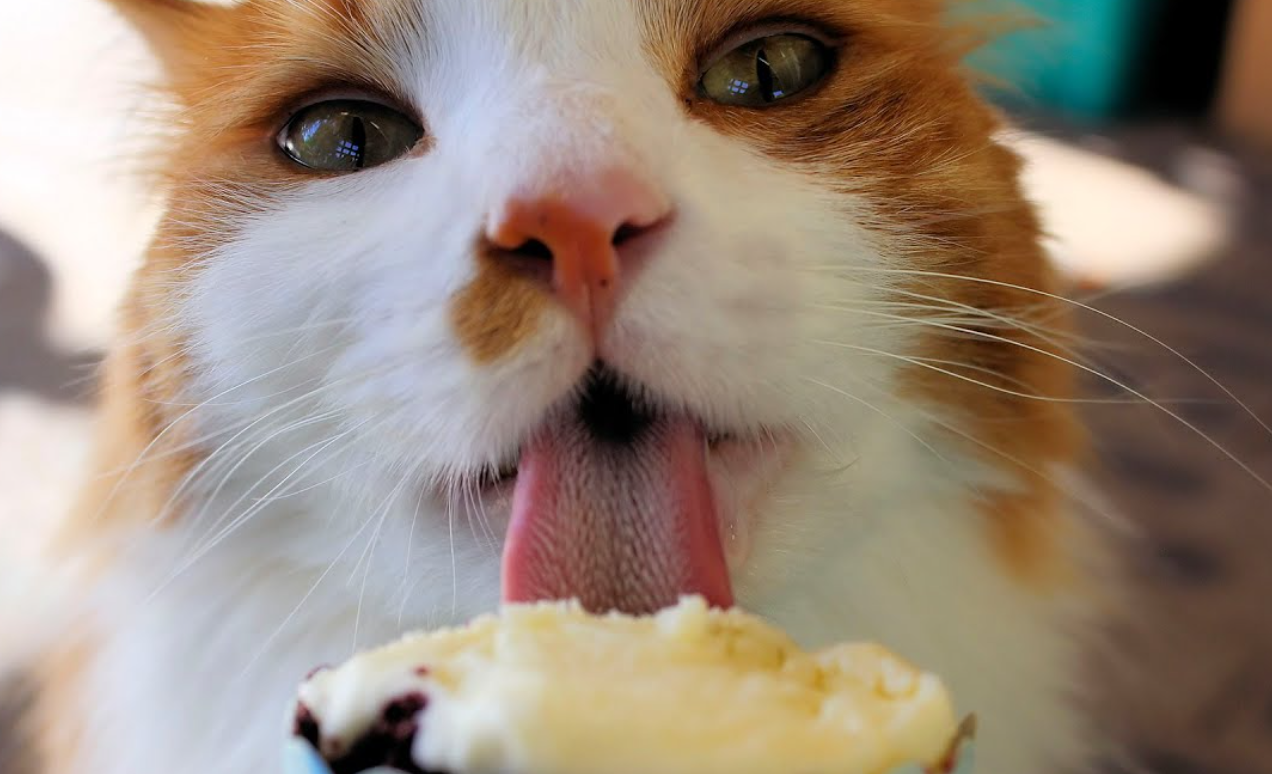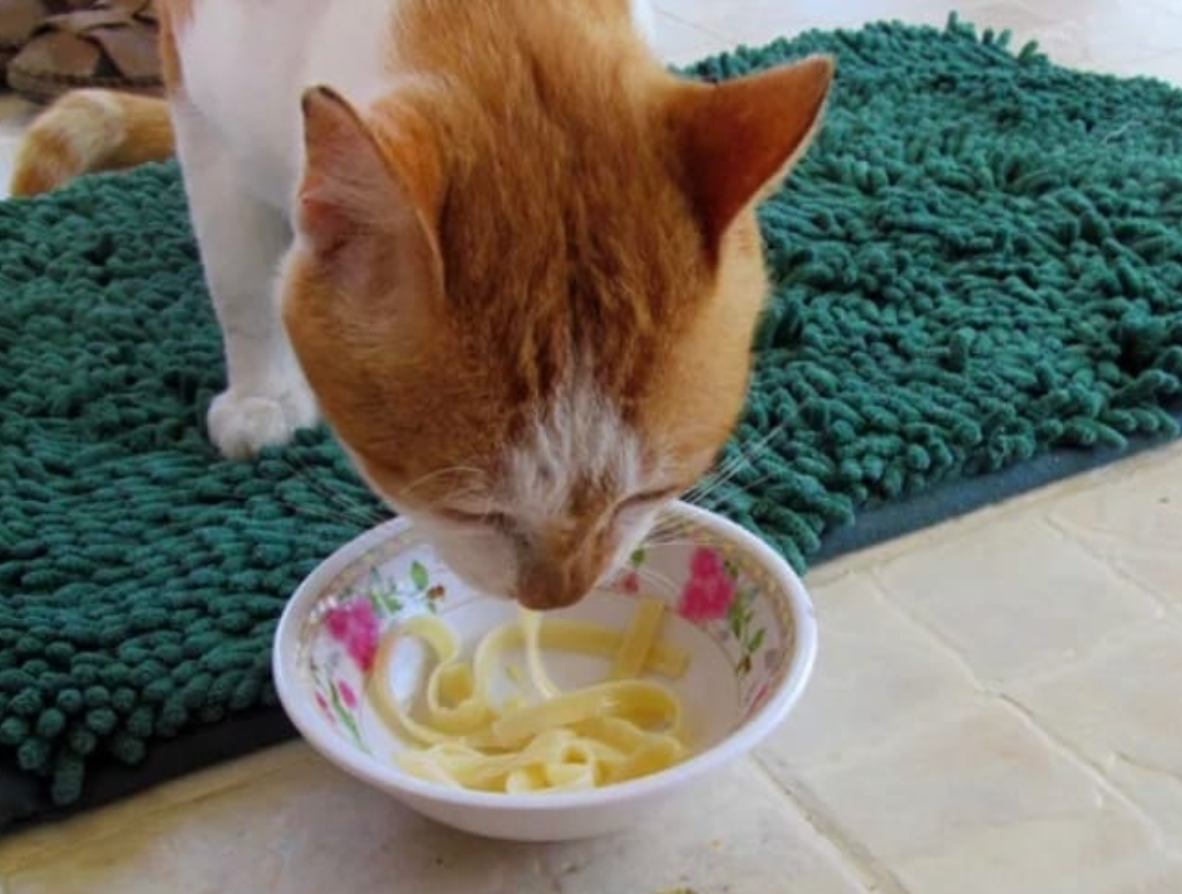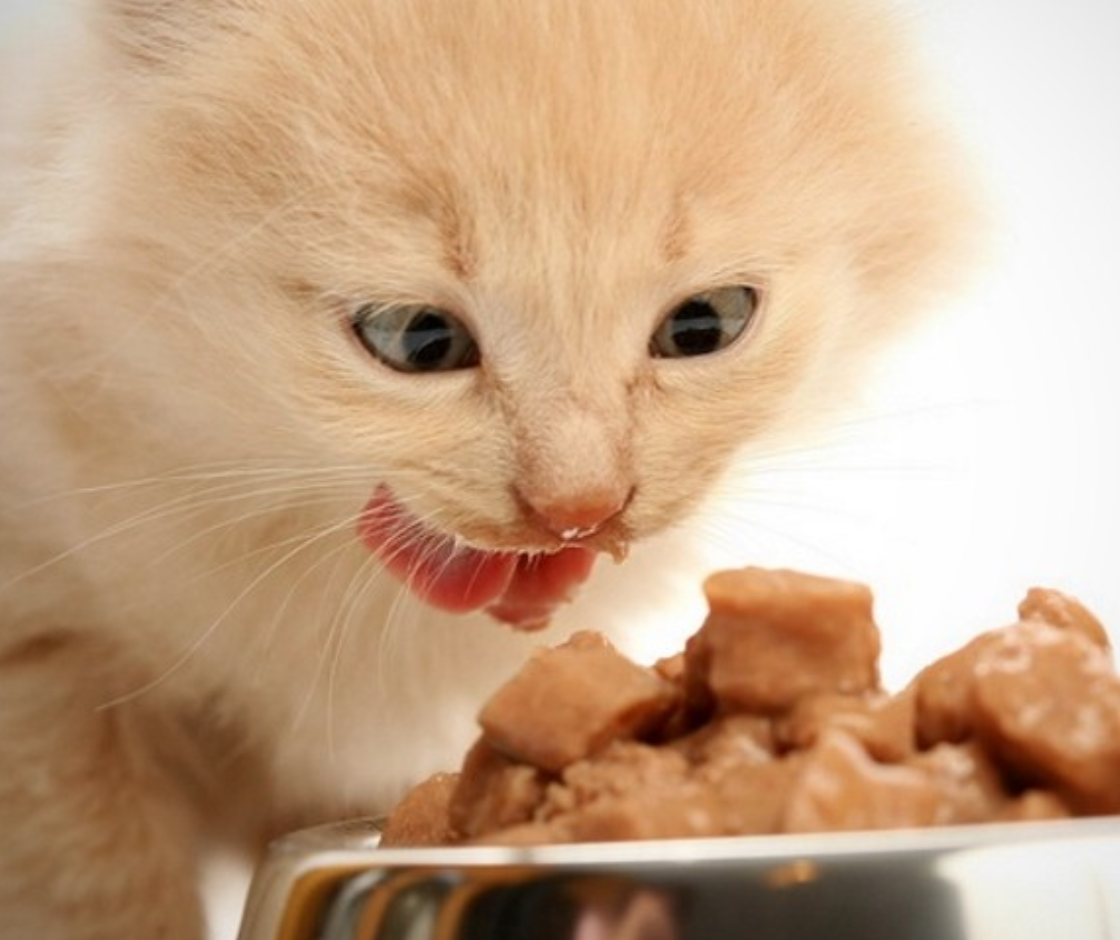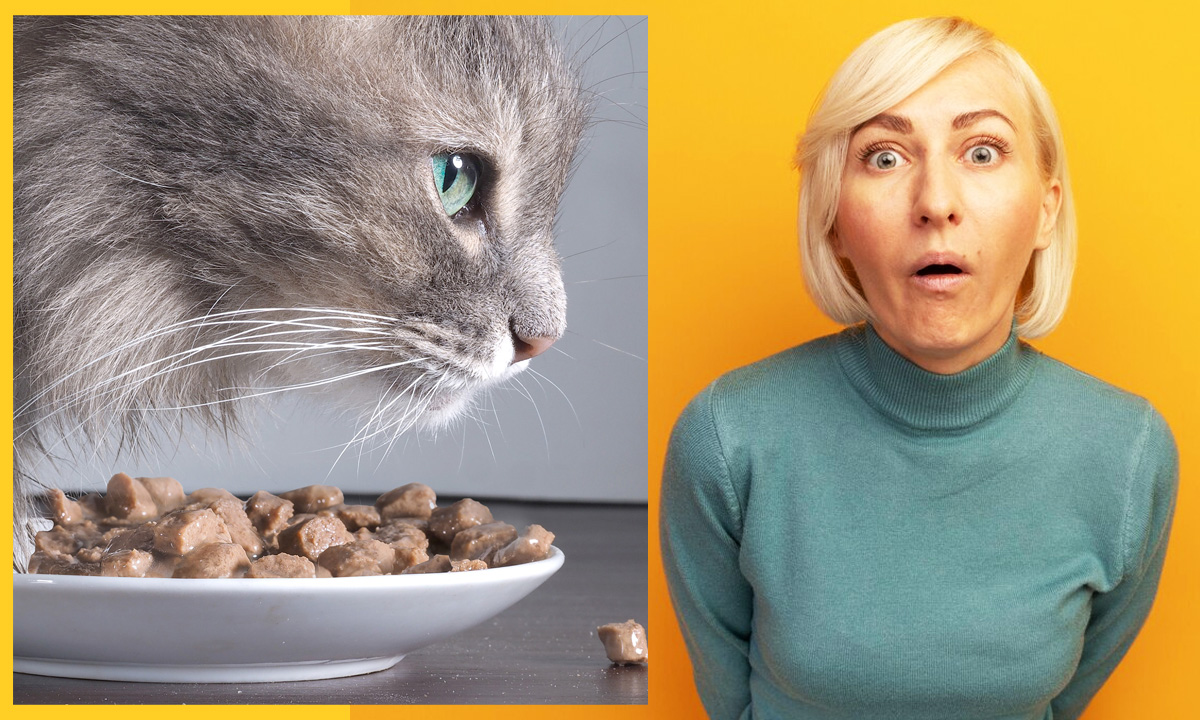Kitten paws pounding like tiny drums – their playful energy and rapid growth leave us wondering when this tiny flurry of fluff will finally become a dignified adult cat. And with that milestone comes a big question: “When do I switch from kitten food to adult food?”
Fear not, fellow feline aficionados! This guide unravels the mystery of this dietary transition, ensuring your furry friend graduates to a happy and healthy adulthood.
When is The Right Timing
- Growth Spurt: Most kittens are ready for the switch around 10-12 months old, when their rapid growing phase slows down. Larger breeds like Maine Coons may need to wait up to 18 months.

- Weighing It Out: Look for your kitten reaching their adult weight as another indicator. Remember, delaying the switch can lead to obesity, while switching too early can deprive them of crucial nutrients.
What type of food should I be offering?
You can switch to dry kibble or wet food or offer a mix of both when transitioning your kitten. This is true regardless of what your kitten was eating.
However, if they were on wet kitten food, you may find they prefer soft foods in the future.
Solid food (dry cat food) is my preference for those genetically prone to dental disease and gingivitis, as it can slow down the disease progression. However, eating solid food isn’t advised for those breeds prone to kidney disease or bladder stones.
As long as you offer a complete and balanced kitten food containing all of the required vitamins and minerals, you can be happy your little one is getting what they need for the rapid growth and development they’ll be undergoing during their early adult life.
How to Make the Move?
- Slow and Steady: Gradual transitions are key! Introduce the new adult food in small amounts, increasing its proportion over 5-7 days. This eases their digestive system and helps avoid tummy turmoil.
- Mixing Matters: Whether dry kibble, wet food, or a mix, offer the familiar alongside the new. This reduces stress and encourages acceptance.
- Listen to Your Cat: Monitor for signs like digestive upset, bloating, or loss of appetite. If they arise, slow down the transition or consult your veterinarian.

What happens if my kitten eats adult cat food?
Kitten food has different ingredients in different ratios to adult food, containing more calories and minerals, including calcium. This supports their rapid growth and bone development.As a one-off, if your kitten gets hold of your adult cat’s food, nothing much will likely happen.
However, if they have a sensitive stomach, they may experience mild diarrhea or vomiting for a day or two.If you feed a kitten adult food continuously, it could suffer from nutritional deficiencies and poor growth. Remember, kittens and adult cats have different nutrient and calorie requirements.
Here some Food for Thought:
- Kitten Food Powerhouse: Packed with extra calories and minerals like calcium, kitten food fuels their rapid growth and bone development. Adult food caters to their different needs.
- One-Off Munchies: Don’t worry if your kitten snags a bite of adult food; a little won’t hurt. But continuous feeding can lead to deficiencies.
- Wet or Dry?: The choice is yours! Wet food is tempting for picky eaters, while dry food is convenient and can help with dental hygiene. Consider a mix or choose based on your cat’s preferences and needs.

Bonus Tips:
- Talk to your vet: They can personalize the transition based on your cat’s breed, health, and individual needs.
- Quality Counts: Choose high-quality cat food for both kitten and adult stages, ensuring complete and balanced nutrition.
- Enjoy the Journey: Watch your little furball transform into a graceful adult, cherishing every playful pounce and purring cuddle along the way.
Remember, the switch from kitten food to adult food is a natural step in nurturing your feline friend to a healthy and happy adulthood. With a little understanding and patience, you’ll both navigate this transition with purrs and playful swats of the tail!


